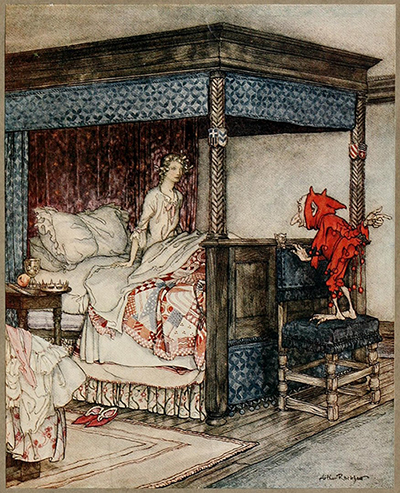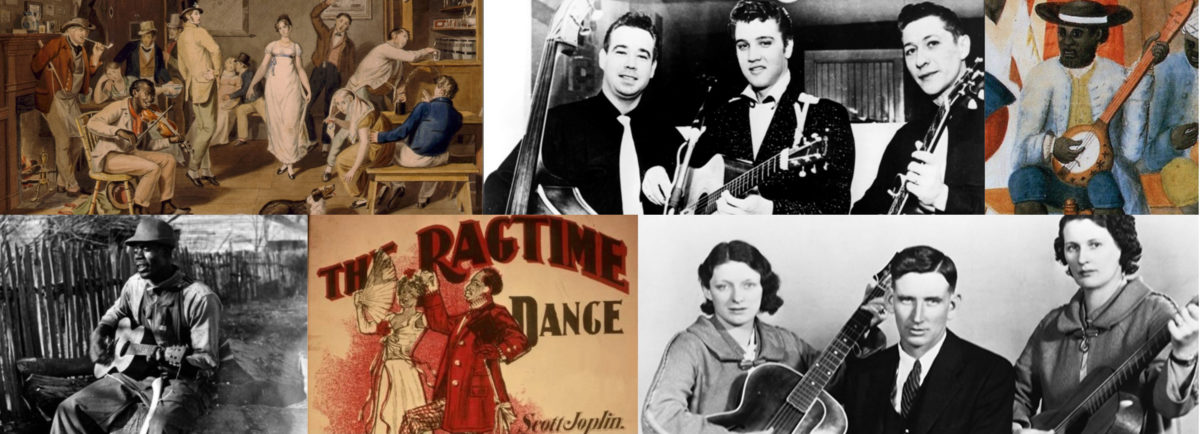
Traditional Ballads
Ballads are narrative, or storytelling, songs. It's impossible to determine exactly how long humans have been telling and singing stories. The ballad tradition as we know it today is traceable to the minstrels and troubadours who traveled and entertained throughout most of Europe during the Middle Ages. A repertoire of common ballads evolved in the British Isles from the 15th through the 18th century. While most may have originated from single composers, who are unknown to us today, these ballads evolved and developed variants over time through the singing of many different people.
The old English and Scottish ballads tell stories of nobility, romance, love, family strife, heroes, monsters, ghosts, death, and damsels in distress. Many of these ballads were carried in the hearts and minds of immigrants to Colonial America. They were commonly sung in America and passed down to subsequent generations orally. By the early 19th century, Americans were composing new ballads to tell stories relevant to their lives in the United States.
Francis James Child, an American professor of rhetoric and oratory at Harvard University, seminal work The English and Scottish Popular Ballads. The books, published in five volumes between 1882 and 1898, catalog the texts of 305 distinct ballads and 1,660 variants. Most of the Child ballads, as they are now commonly called, originated and circulated orally in the British Isles during the 17th and 18th centuries, though some have remnants and influences that can be traced as far back as the 13th century. The Child ballads are the cornerstone of the Anglo-American ballad tradition.
In North America, the Child ballads went where the British settlers went and have most frequently been found and collected in the Appalachian and Ozark Mountains, New England, the southern coastal states, and the Canadian maritime provinces. Originally sung unaccompanied, they were often sung with instrumental accompaniment that might include guitar, banjo, fiddle, dulcimer, or any combination of these and other instruments in a small string band.
Broadside Ballads
Broadside ballads are songs printed on one side of a sheet of paper and sold in the streets, town squares, and marketplaces of early modern Europe. They first appeared in the fifteenth century, shortly after the invention of the printing press, and were common into the nineteenth century in both Europe and America. Broadsides included song lyrics and woodcut illustrations. Most recommended a well-known tune for the lyrics instead of including musical notation. Often the person selling the broadside sang the ballad to promote their wares.
Broadside ballads provided news, histories, satire, stories, and religious or political content. Many were so topical that they did not survive long past their printing. In this way, they differ from the popular ballads canonized by Child in The English and Scottish Popular Ballads. Most of the Child ballads yielded multiple variants across the British Isles. Many arrived with immigrants to colonial America and the early United States, partially laying the foundation for American folk and popular song.

